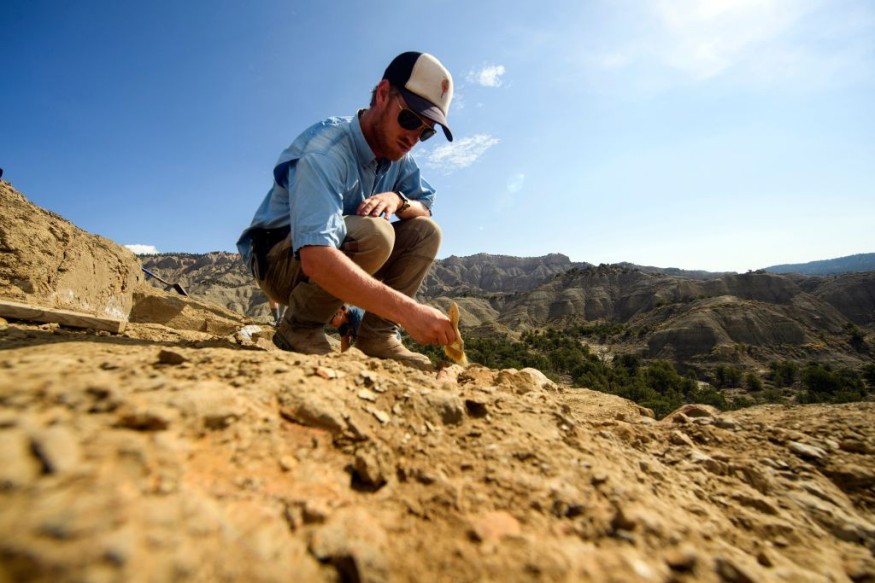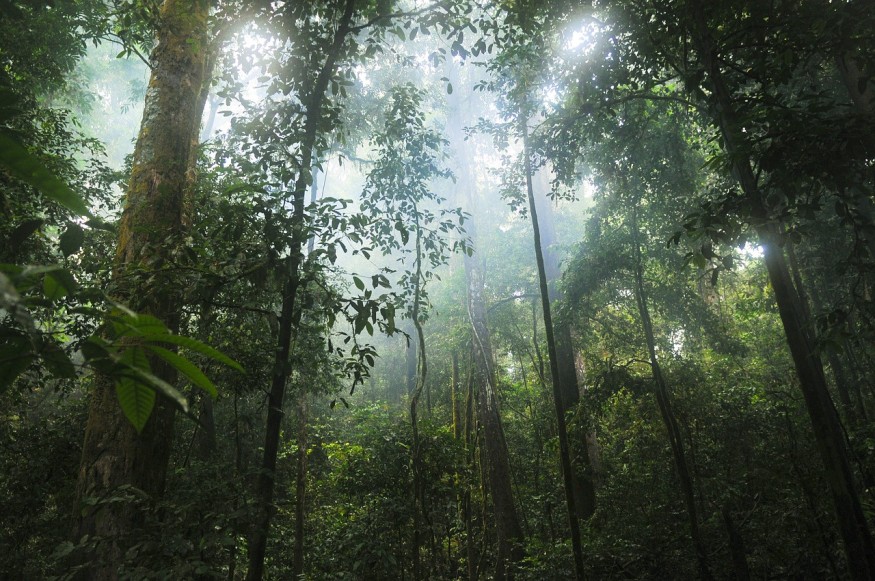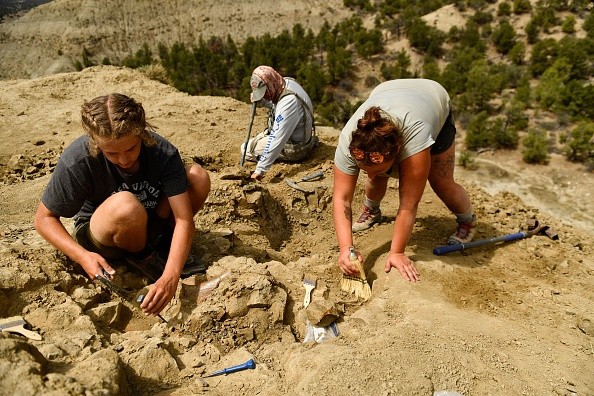Researchers in China claim to have discovered the world's earliest flower bud, finally combining fossil evidence with genetic data suggesting flowering plants, or angiosperms, arose tens of millions of years earlier than previously thought.

Charles Darwin's "Abominable" Conundrum
The team believes that its discovery would "lift the anguish" of a centuries-old nagging conundrum that Charles Darwin once described as "abominable."
How come angiosperms came to dominate ecosystems barely 20 to 30 million years later if the earliest unambiguous fossil flower is no older than 130 million years? How had they managed to achieve such a high level of variety so quickly?
Darwin never got the solutions he desired to this problem despite his efforts. However, certain critical parts have fallen into place in recent years.
Related Article : Badger Accidentally Unearthed Ancient Roman Coins While Looking for Food
"Perfect Blossom"

In 2016, Chinese scientists revealed the finding of a "perfect blossom" going back more than 145 million years to the Jurassic period.
Non-petalled plants, such as Euanthus, also possessed sepals (the leafy component at the base of a bud) and male and female reproductive organs, including an ovary that looked like a contemporary flower.
Another fossilized flower, Nanjinganthus, was discovered in China in 2018, and it was estimated to be around 174 million years old. Its seeds were entirely encased in an ovary, similar to current blooming plants.
However, not all botanists believe they are real angiosperms. Some say that these plants are too primitive to be termed flowers, while others believe that their structures are too intricate for a gymnosperm, a plant similar to a conifer with unenclosed seeds and no bloom.
Florigerminis jurassica, a new fossilized flower bud discovered in China, might be the transitional stage researchers seek. Although it was found in a deposit dating back more than 164 million years, it is still in superb shape.
In addition to being connected to a flower bud, the plant's stem is also connected to fruit and a leafy branch, a unique combination of information.
Flowers are notoriously difficult to discover in Cretaceous remains because they are fragile. Previous attempts to figure out where blooming plants came from have been described as having an "unbroken track record of failure."
One of a Kind Discovery

The finding of F. jurassica is one-of-a-kind. Even Nanjinganthus has only bloom and not an entire blossom bud.
The fruit of F. jurassica adds to the evidence that this is an early angiosperm rather than a gymnosperm.
There will undoubtedly be some specialists who disagree, but the authors believe their findings need a "rethinking of angiosperm evolution."
Related Article:
Read also: First Giant: How Studying this Massive Ancient Creature Reveals a Lot About Modern Day Giants
5 Most Important Fossil Discoveries in the World
For more prehistoric news, don't forget to follow Nature World News!
© 2026 NatureWorldNews.com All rights reserved. Do not reproduce without permission.





